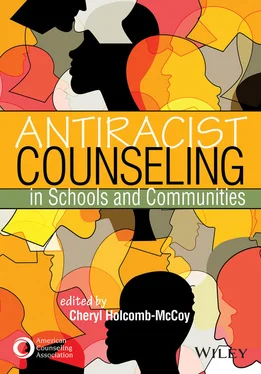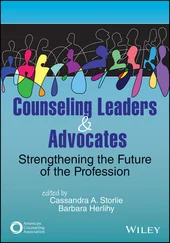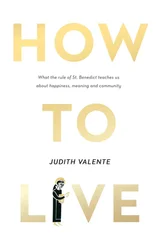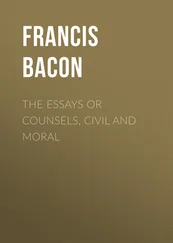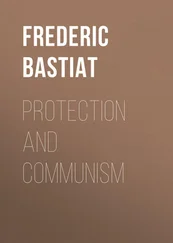Like Amanda Gorman, we argue that counselors can make a difference if they are brave and courageous enough to act.
Antiracism in counseling requires courage and a high level of understanding of the history of racism in the United States, including the racist structures that have perpetuated white supremacist views. The information presented in this book is intended to facilitate counselors’ comprehensive knowledge of antiracism, in particular compared to other constructs such as cultural competence and social justice counseling. As a whole, I firmly believe that antiracism is the foundation of cultural competence and social justice counseling practice. One cannot be a culturally competent counselor or a social justice advocate if antiracism is absent from one’s repertoire of understanding. Antiracism is an active stance in which counselors challenge and fight against racist ideas, behaviors, and, most important, policies. Professor Angela Davis, a noted Black activist, has stated, “In a racist society it is not enough to be nonracist, we must be antiracist.” More recently, Ibram X. Kendi, an antiracist scholar and 2021 MacArthur Fellow, made the same point to highlight the difference between being not racist and being antiracist. In his book How to Be an Antiracist , Kendi lamented that racist ideas have defined our society since its inception, and therefore practices that stem from racist views seem natural. Being antiracist is difficult because it requires us to act differently, think differently, and act in ways that contradict our typical practices and beliefs. Kendi (2019) stated, “To be an antiracist is a radical choice in the face of our history, requiring a radical reorientation of our consciousness” (p. 23).
Given the shift in mind-set necessary for antiracist counseling practice, this book offers you an opportunity to explore antiracist counseling through the voices of diverse authors who represent expertise across the counseling spectrum as well as intersectional diversity in terms of gender, sexuality, and race. Some are counselor educators, some are practicing school counselors, some are clinical mental health counselors, one is a Postdoctoral Fellow with a background in African American studies, and one is a teacher educator. The authors are diverse, but they all share a unique perspective on antiracism. In addition, many of the authors describe their personal journeys to becoming antiracist counselors. They offer their own self-interrogation of their racial consciousness. Like Kendi, they share their missteps as well as their resilience and willingness to persevere through the journey. Most important, I believe the unwavering and collective sense of urgency among these authors is what makes this book special. Their commitment to social change and lifting up our profession is the thread that binds them together.
Another important aspect of this book is its focus on schools and communities. Why schools? I believe schools are the epicenter of communities and neighborhoods. A strong school contributes to the success of a strong community. So the work of school counselors and clinical mental health counselors is intertwined. Both professionals should work in tandem. Antiracist practice in schools challenges racist practices in communities and vice versa. As more counselors, teachers, and administrators explore the racial histories and legacies of their schools, many are finally asking, “How we can listen to and support Black parents and community members if we aren’t emphasizing antiracist practices in schools?” Doing antiracist work means acknowledging that racist beliefs and structures are pervasive in all aspects of our communities—from education to housing to climate change— and then actively doing the work to tear down those beliefs and systems. These beliefs and structures do not exist just in schools or communities—they thrive in both interchangeably.
Many counselors may reject this book’s premise because they believe talking about race and racism is divisive. A white colleague once told me, “All this discussion about racism makes me uncomfortable. It feels accusatory and like racism is my fault. I would rather concentrate on our cultural similarities and differences. Rehashing our racist past is not needed.” This comment is typical and is an excellent example of what Paul Gorski (2019) called a racial equity detour . My colleague wanted to fall back on comfortable conversations about diversity and culture rather than uncomfortable conversations about the long-standing racialized societal systems that permeate my life as well as hers. In my colleague’s perception there was an inherent benefit to maintaining the status quo of these systems, whereas I can clearly see how my family and I are negatively impacted by racism every day. The discomfort associated with these conversations triggers resistance and often anger. Racial equity detours do not represent racial progress. They represent the opposite and sometimes negatively impact the climate of an organization or school. For example, diversity appreciation days are often a comfortable detour for most white people but frustrate Black and Brown individuals who desire a change in racist and oppressive practices. Just think—we love Mexican food but push Mexican students out of our schools. If detours are used continuously in organizations, they exacerbate the frustration and helplessness of Black and Brown people. So this book will not ascribe to racial equity detours. Some readers may be uncomfortable with the authors’ perspectives. However, discomfort is a part of the journey to an antiracist perspective.
Recently, a discussion of antiracism and critical race theory has been taken up by conservative state legislatures. Republican lawmakers in Texas, for instance, want to ban history lessons that include historical facts about the subjugation of Black and Brown people in the United States (e.g., slavery, colonialism). Many conservative lawmakers and groups confuse antiracism and critical race theory, a theory developed by legal scholars to highlight the experiences and narratives of marginalized people. The two concepts are interrelated, but they are different. The first chapter of this book includes definitions of these concepts so you will be more knowledgeable about the root of these groups’ uneasiness and attack on civic education and U.S. history. I argue that the aim of the lawmakers’ claims is not only to politicize the history of racism in the United States but also to detour away from correcting racism in this country. The fear of losing the privileges and benefits of whiteness is at the core of this movement to deny historical facts.
Also, it is important to note that many Black and Brown people will criticize this book. Some of my Black colleagues believe that talking about racism and antiracism creates discomfort among their white colleagues and further exacerbates the racial divide. I find this rationale confusing but not surprising because it is a manifestation of internalized racism and oppression. In a study, Robin Nicole Johnson (2012) emphasized that internalized racism involves both conscious and unconscious acceptance of a racial hierarchy in which white people’s thoughts, views, and feelings must be protected and valued as most important. Internalized racism also encompasses a wide range of instances in which Black and Brown people accept negative racial stereotypes, adapt to white cultural standards, and embrace any type of thought that denies racism exists. Again, antiracist practice challenges these norms of behavior and cognition and will often create angst among white and Black or Brown colleagues. This book is no exception.
Читать дальше
